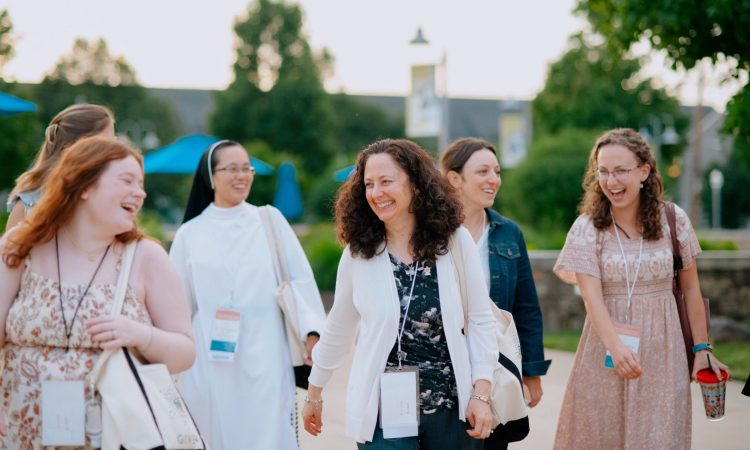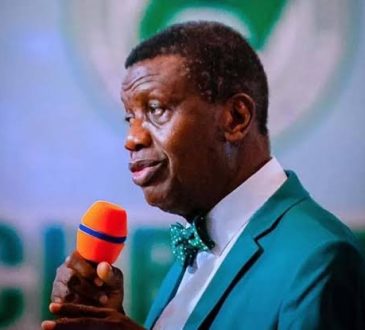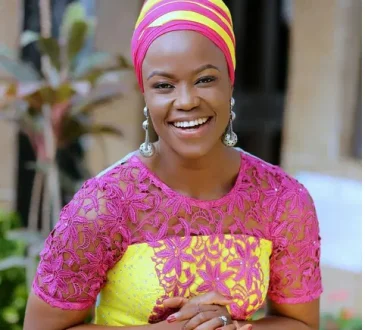A Call for Change: Vatican Summit Stops Short on Women’s Ordination, Leaves Deeper Questions Unanswered

“there is no reason or impediment that should prevent women from carrying out leadership roles in the Church.”
In a historic gathering of global Catholic leaders, the Vatican’s Synod of Bishops concluded with a reflective but cautious call for women to be granted greater leadership roles in the Church. Yet, the month-long summit, which drew cardinals, bishops, and laypeople from over 110 countries, stopped short of advocating for the ordination of women as clergy—a decision that has left many wondering if true change is still on the horizon.

The summit, a second of its kind under Pope Francis, was convened to consider the future of the worldwide Church. Held behind closed doors, the assembly included 368 voting members, nearly 60 of whom were women—an unprecedented step toward inclusivity. Advocates had hoped that this diverse representation might lead to a breakthrough on the ordination of women as deacons, a role once held by women in the early Church. But the final document issued by the synod, while signaling a shift in attitude, failed to take that historic leap.
“There is no reason or impediment that should prevent women from carrying out leadership roles in the Church,” the document states. However, the question of ordaining women as deacons “remains open,” with further discernment needed. For many, this is a half-measure, a decision that delays what could be a significant moment in Catholic history.
In a Church where tradition often intersects with the demands of a modern world, the synod’s reluctance to decisively address the role of women in ordained ministry has stirred deep reflection. While the summit recognized the importance of giving women a voice in Church leadership, it didn’t fundamentally challenge the clerical structures that still bar them from the altar.
The synod also avoided taking a formal stance on the inclusion of the LGBTQ community, despite ongoing calls for the Church to be more welcoming. While discussions during the synod hinted at a more inclusive future, the final text left these issues largely unaddressed, signaling the Church’s hesitancy to confront social questions that are reshaping societies across the globe.
In an emotional moment, the synod document issued repeated apologies for the abuse crisis that has scarred the Church, acknowledging the “untold and ongoing” pain inflicted on Catholics by clergy. This, too, is a recognition of the Church’s failure to protect its most vulnerable—but like the debate over women’s roles, it leaves open questions about the depth of reform.
Perhaps most telling was Pope Francis’ own decision not to issue a formal response to the synod’s findings. Instead, he offered the 52-page document as a “gift” to the Church’s 1.4 billion Catholics, suggesting a path forward marked by continued reflection rather than definitive action.
As the synod closes with a Mass at St. Peter’s Basilica, Catholics around the world are left to ponder: Is this a step toward meaningful transformation, or just another chapter in a long journey of deferred change? The role of women in the Church remains a question in search of a bold answer—a tension between tradition and progress that continues to shape the Church’s identity in the 21st century.




